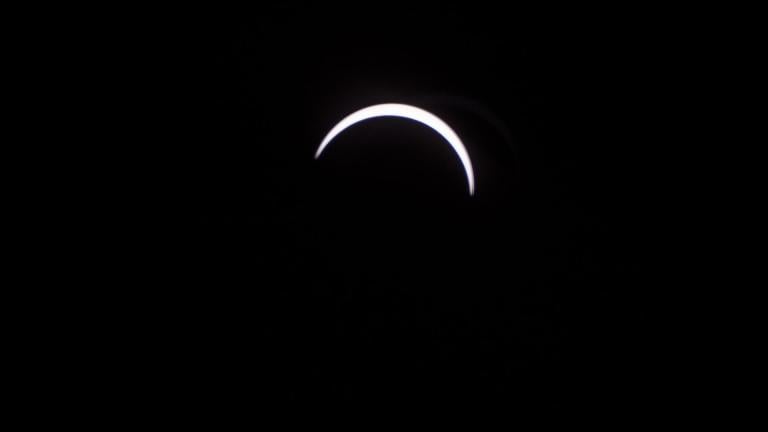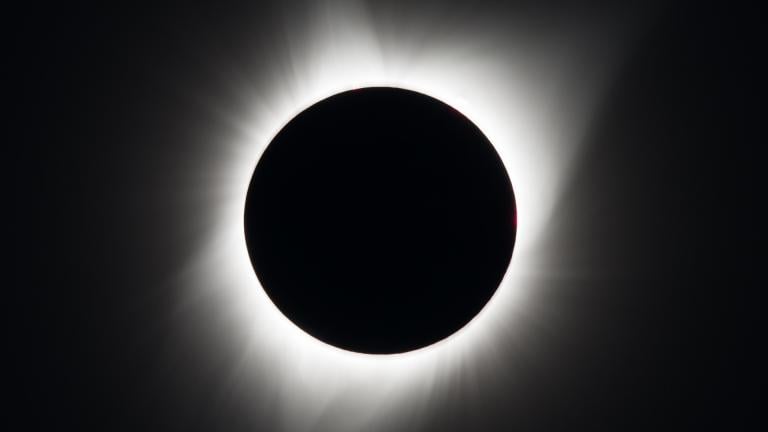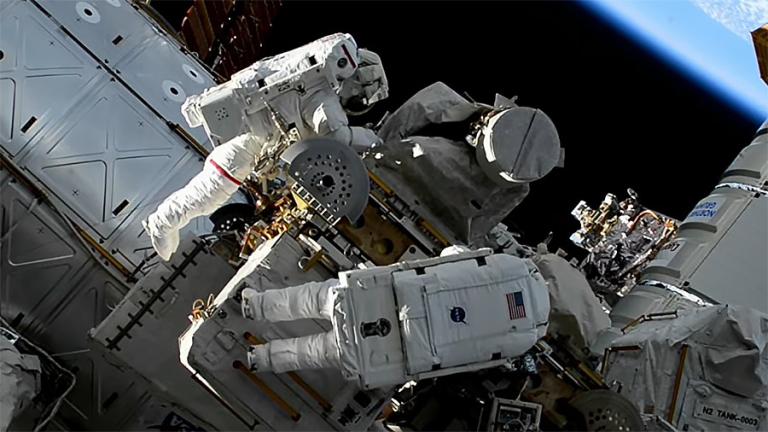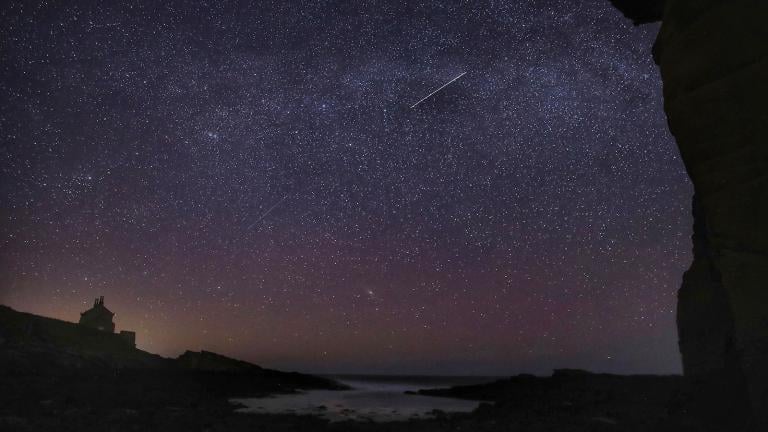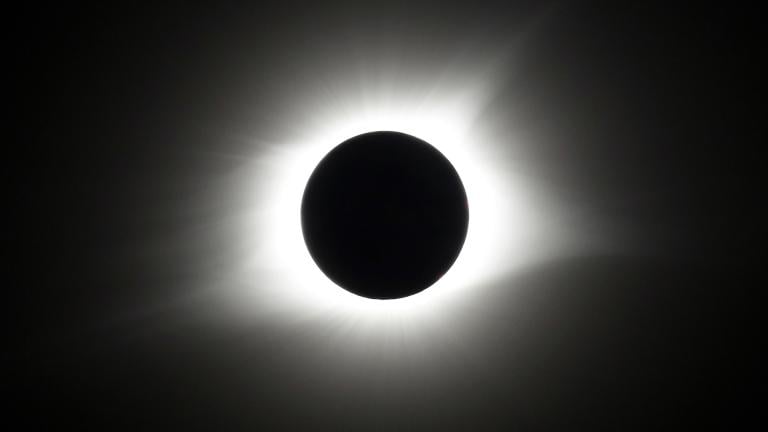NASA is currently aiming to send humans to Mars within the next two decades.
But sending astronauts on extended space missions is fraught with risk. We don't yet know the impact of long exposure to a zero-gravity environment and solar radiation on the human body.
But a team of Chicago researchers is working with NASA to better understand those risks.
Martha Vitaterna, deputy director of Northwestern University’s Center for Sleep and Circadian Biology, is one of the principal investigators on the team.
“The big two worries in terms of looking at potential health impacts are the microgravity environment and the solar radiation, but there’s a lot of other factors associated with space flight,” Vitaterna said. “It’s very confined, very high-demand, sleep is very challenging. It’s not too comfortable. I’ve been told that you never fully habituate to the lack of gravity. So there are a lot of stresses associated with being in microgravity.”
Vitaterna’s research focuses on how circadian rhythms – the body’s internal clock – regulate other systems in the body.
“My background is really in mammalian genetics – mouse genetics primarily – and my focus has been understanding the genetic control of the circadian timing system,” she said.
Fred Turek and Martha Vitaterna (Courtesy Northwestern University)
Vitaterna started working for NASA as part of research that was being done by her former PhD advisor, professor Fred Turek, on the astronaut twins Scott and Mark Kelly.
About five years ago, Vitaterna worked with Turek, director of the Center for Sleep and Circadian Biology, to put together a research proposal comparing what happened to the gut microbiome in the twins when one spent an extended time in space and one was on Earth.
Scott Kelly spent nearly a year in space on his final mission and a total of 520 days in space.
Because the results of the team’s work with the Kelly twins has yet to be published, Vitaterna can’t say much about what they found. But she says there were definitely changes in Scott Kelly’s microbiome.
“We do see changes in the gut bacteria that we believe are representative of the effects of space flight,” Vitaterna said. “We’re still trying to understand the significance of those effects and whether they are something to worry about or just something that happens.”
But she said the changes that have been observed did not seem to be a cause for concern. She also noted that it was “very reassuring that the changes seem to go away pretty quickly on return to Earth.”
Having the opportunity to study identical twin astronauts is rare and has one obvious drawback – the small study size. Which is where NASA’s Rodent Research program comes in.
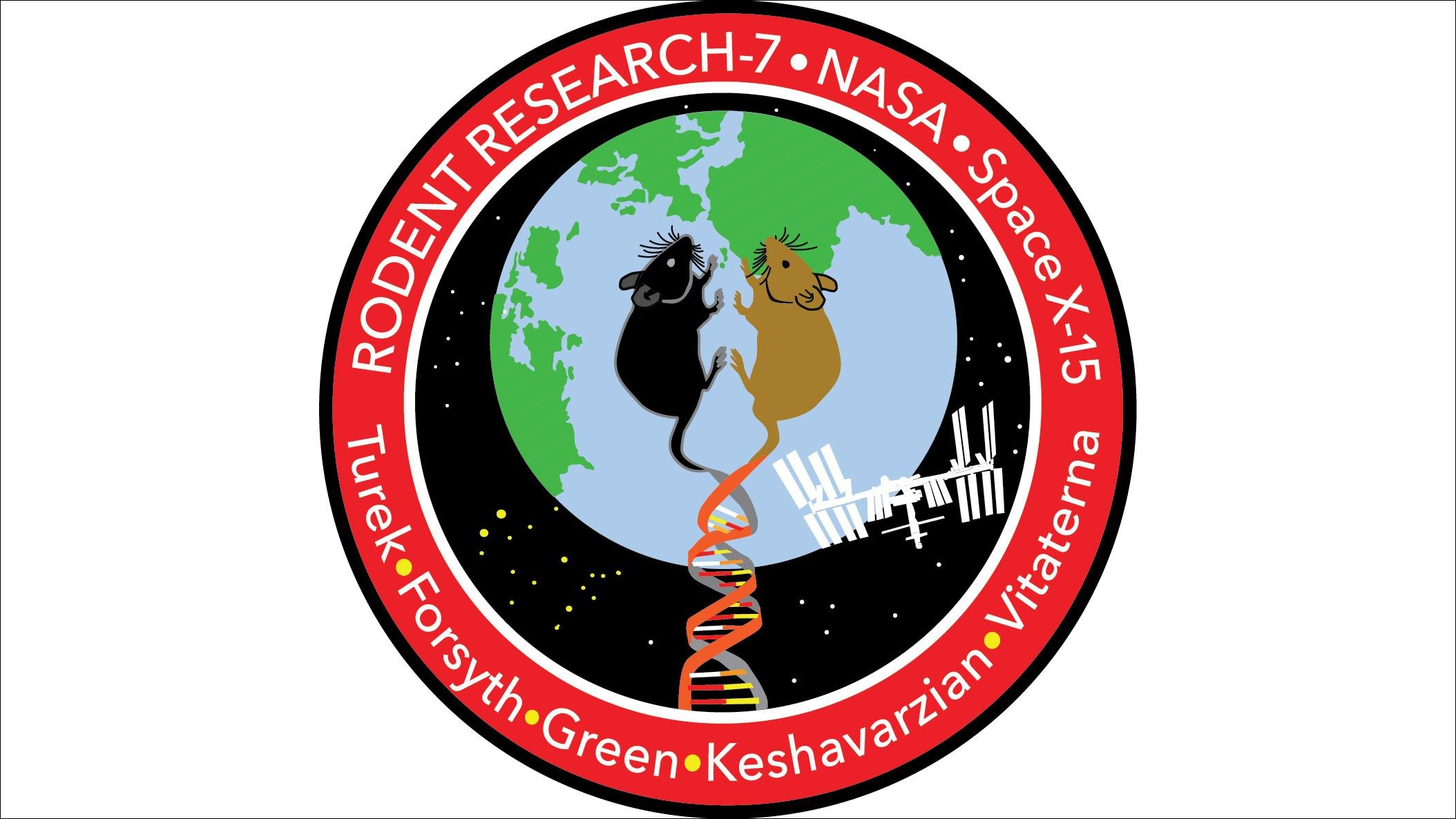 The patch designed by NASA for a Northwestern-led mission to study how space affects the physiology and metabolism of mice. (NASA / Northwestern University)
The patch designed by NASA for a Northwestern-led mission to study how space affects the physiology and metabolism of mice. (NASA / Northwestern University)
Under that program, NASA has sent a group of genetically identical mice into space for an extended stay on the International Space Station while keeping a control group of mice on Earth.
“The nice thing about studying mice is that you can put them on a controlled diet,” Vitaterna said. “In the case of Scott and Mark Kelly, it would be very unkind to ask Mark to eat the same food as Scott for a whole year – that would be a really big ask. But we can ask mice to do that. So we have much more control and we also have more subjects, not just a single pair of mice.”
As with Scott Kelly, researchers observed that the mice who were sent into space experienced changes in their gut bacteria. And according to Vitaterna, those changes are akin to what you would see on Earth as a result of sleep loss.
Vitaterna said that time in space seems to change circadian rhythms in both mice and humans.
“It’s becoming clear that both 24-hour cycles – the circadian rhythm – and the gut microbiome have big influences on the functioning of a lot of different organ systems,” Vitaterna said.
“Having an appreciation of how these two sort of regulators of other systems are impacted by spaceflight will help you prepare for what are going to be some of the challenges in keeping a crew member healthy for a long duration space mission,” she continued. “NASA is always very risk averse. This is dangerous stuff, sending people off-planet, so they want to understand all of the risks and mitigate them as much as possible.”
Vitaterna joins Paris Schutz to discuss her work with humans and mice in space.
Related stories:

